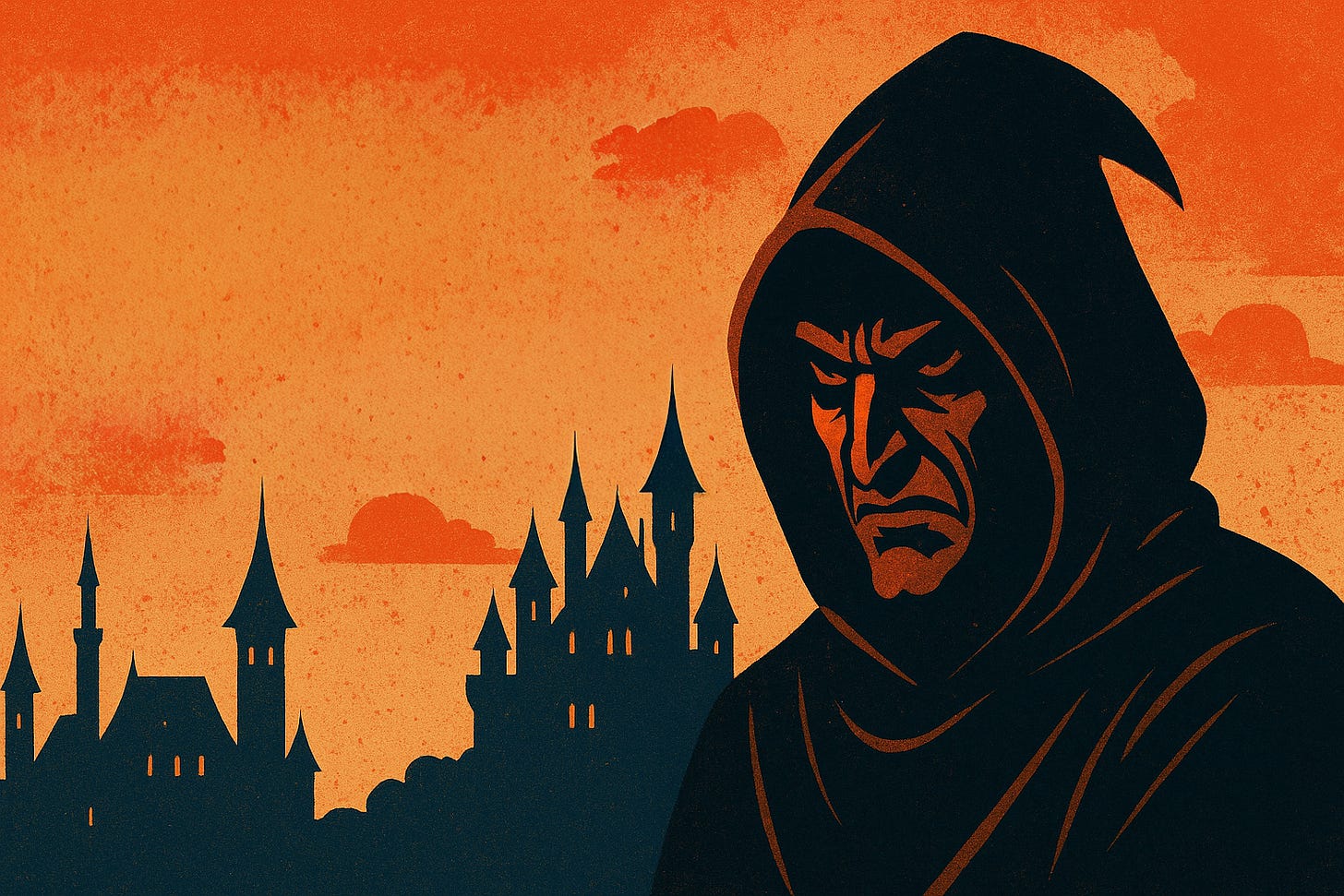When Villains Become Victims
The Dangerous Rewriting of Good and Evil
Stories are powerful. They shape how we see the world, how we understand right and wrong, and how we pass down values to the next generation. For centuries, fairy tales and folk stories served as moral compasses. They were not just entertainment; they were instruction. They taught children that good triumphs, that evil is destructive, and that choices have consequences. The villains in these stories weren’t meant to be complex or sympathetic. They were symbols — living warnings of what happens when pride, greed, cruelty, or envy take over the human heart.
But in recent years, I’ve noticed a trend that troubles me deeply. Many of the villains of classic stories — characters like Cruella de Vil, Maleficent, and the Wicked Witch of the West — have been reinvented with sympathetic backstories. They are no longer evil for evil’s sake. They are misunderstood. They are broken. They are victims of trauma or betrayal. Suddenly, their cruelty is not the focus. Their pain is. And audiences are invited not to condemn them, but to empathize with them.
This is not just a shift in storytelling. It is a shift in our culture’s moral imagination.
The Classic Villain Archetype
Think back to the stories we grew up with.
Cruella de Vil was not a victim of circumstance; she was obsessed with fashion to the point of wanting to skin innocent puppies for her coats. Maleficent wasn’t misunderstood; she cursed an innocent baby out of spite. The Wicked Witch of the West wanted power and vengeance, and she pursued both with unrelenting malice. Scar from The Lion King, Ursula from The Little Mermaid, Jafar from Aladdin — each one embodied selfish ambition, cruelty, or betrayal.
These villains had no redeeming qualities. They were not gray. They were black. And that was the point. These stories didn’t ask children to understand the villain’s perspective; they asked children to learn from their downfall. They served as vivid reminders of what happens when evil goes unchecked. The clarity was not a weakness — it was the very strength of the tale.
The Rise of the Sympathetic Villain
Now contrast that with the new versions we’re given.
In Cruella (2021), we learn that Cruella’s cruelty stems from her traumatic childhood, her outsider status, and the hardships she endured in the fashion world. In Maleficent (2014), we are told she was a betrayed fairy, wronged by a man she loved, and that her supposed wickedness is really a response to injustice. In the Broadway hit Wicked (2003), the Wicked Witch of the West is reimagined as Elphaba, a passionate, misunderstood woman who fights against a corrupt Wizard. Suddenly, she’s not the villain at all — she’s the real hero of the story.
Keep reading with a 7-day free trial
Subscribe to Willful Positivity to keep reading this post and get 7 days of free access to the full post archives.



